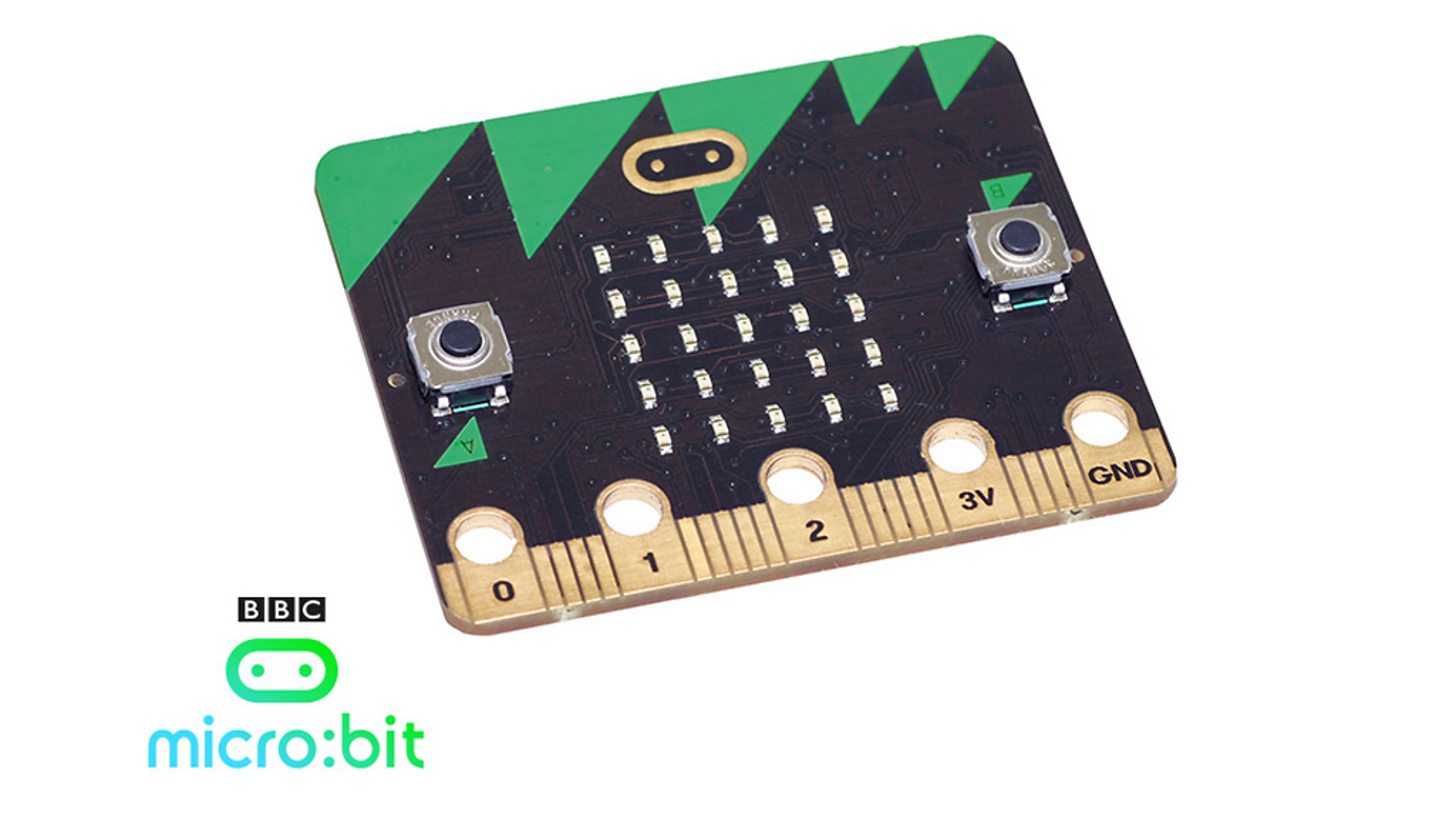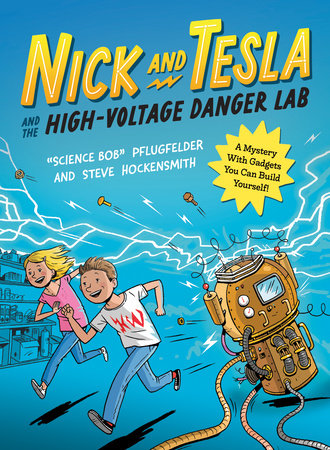CS 110A 6th Grade Computer Science Syllabus
Instructor: Mr. Brown 🎓
Email: ebrown@slvusd.org 📧 (Please keep emails short and to the point)
Room: C-103
Website: www.porttack.com/slv 💻
When: Middle School 4th Period ⏰
Optional CoderDojo: 1st Tuesday Evenings 🌙
(Content and platform will change per wheel session.)
🚀 Adventures in Python, Micro:bit, and Keyboarding!
Welcome to an exciting 10-week journey into the world of coding, creativity, and typing proficiency! In this dynamic 6th-grade wheel class, you will dive into the captivating realms of Python programming, the fascinating wonders of Micro:bit, and aim to improve your typing skills to a typical 6th-grade proficiency. 🐍📲⌨️
Required Materials:
- A composition notebook 📓 (by 8/21)
- 2 sharpened pencils ✏️✏️
- A charged chromebook 💻
- A Micro:bit (available in class)
- Masks (if you’re not sure if your sick) 😷
Reading:
For fun and inspiration, during class we will be reading “Nick and Tesla’s High Voltage Danger Lab.” 📖 (Please don’t read ahead!)
Coding Platforms:
CS 110A will use the following coding platforms:
- Grok Academy
- Microbit classroom (Try the tutorial!)
- Other websites as necessary
⌨️ Typing Skills Practice: 💪
To improve your typing skills, we will be using typing.com for keyboarding practice and proficiency development. 📈
🏆 Competition: 🚀
NCSS Challenge - 8/14/23 - 9/2/23. Students will be joining exciting NCSS Challenge. Kick start your coding adventure! 🏆🚀 Collect points at all levels. 📈
🎯 Course Objectives: 🚀
By the end of this 10-week course, you will achieve the following objectives: 🏆📚
-
Typing Proficiency: Students will meet appropriate 6th-grade typing standards, demonstrating improved speed and accuracy in touch typing. 💻⌨️📈
-
Python Programming Skills: Students will be proficient in writing Python programs using integers, strings, and lists, adhering to a rubric to ensure code quality and functionality. 🐍📝🧰
-
Understanding Concepts: Students will grasp essential programming concepts such as input, output, variables, and functions, allowing them to create structured and efficient code. 🧠🧩💻
-
Turtle Graphics: Students will harness the power of the turtle graphics library to design complex shapes, patterns, and designs, showcasing their creativity and problem-solving skills. 🐢🎨🎲
-
Color Manipulation: Students will explore the world of colors on the computer, learning how to modify and apply colors to enhance the visual aspects of their Python projects. 🎨🌈💻
-
Micro:bit Sensors: Students will gain hands-on experience with Micro:bit sensors, successfully accessing and utilizing two or more sensors to create interactive and sensor-driven projects. 📲🔍🎛️
-
REPL and Python Libraries: Students will understand the functionalities of the Python REPL (Read-Eval-Print Loop) and familiarize themselves with essential Python libraries, expanding their programming toolkit. 💡🔍📚
-
Final Project: As a culmination of their learning, students will create a final project that showcases their creativity, problem-solving abilities, and proficiency in Python and Micro:bit. This project will demonstrate their ability to integrate multiple concepts and tools into a cohesive and impressive work. 🏁🏆🎉
Let’s embark on this exciting journey of learning and growth together! 🚀🌟
📚 Methods of Assessment & Grading Policy: 📝
This is an elective course, and grades will be determined based on the following approximate percentages: 🎓📊
-
Consistent Effort and Progress on Units and Mini-Projects - 25% 💪🔄 As students enter with different proficiencies, effort and improvement are more important than the quantity of content covered. The teacher will set expectations per student.
-
Typing/Keyboarding Mastery to 6th Grade Level - 25% ⌨️📈 Demonstrating proficiency in typing and keyboarding skills at a typical 6th-grade level.
-
Weekly Reflections and Behavior - 25% 📝🗓️ Regular reflections on the learning process and personal growth. Try hard to be on-time to class.
-
Final Project - 25% 🏁🎉 Completion and presentation of a creative and well-executed final project.
💻 Typing.com and Grok Academy have minimum end-of-quarter expectations. Due dates are flexible. If there is an excused absence, students will not be penalized. 🚀
In this course, we value your effort, progress, and active involvement in the learning journey. Let’s work together to make this an enjoyable and rewarding experience for everyone! 🌟
📚 Behavioral Expectations: 🚀
- Arrive to class on time. ⏰🚪
- Start daily coding challenge upon arrival. 💻🧩
- Students will be present during class until excused. 📚🙋♂️
- All students should be attentive and scholastic at all times. 👀🧠
- Our classroom is a safe space; always be respectful, supportive, and positive. 🏫🤝😊
- I encourage students to wear masks when appropriate to protect their community, especially when sick. 😷👥🌡️
- Student space should be kept clean. If you cause a mess in the classroom, you will be expected to clean it. 🧹🚮🧽
- All expectations present in the SLV Middle School Student Handbook. 🍎📘
⚖️ Consequences ⚖️
- Phone call home ☎️🏠
- Referral to Counselor / Principal’s office 📞👨💼
- Behavioral Contract 📜✍️
Let’s create a positive and nurturing learning environment together! 🌟🎓
Signature Section
I have read the behavior expectations contained in this syllabus and have read the student handbook. I agree to abide by all guidelines outlined above and as present in the handbook. I understand the consequences of ignoring them as outlined above and as present in the handbook.
🧑🎓 Student Name:
✍️ Student Signature:
📅 Date:
👨👩👦 Parent/Guardian Name:
✍️ Parent/Guardian Signature:
📅 Date:
📧 Parent/Guardian Email:
☎️ Parent/Guardian Phone:
📚 California Standards: 🎯
We are focused on the following 15 of 24 California 6th-8th Grade Computer Science Standards. 🔍🎓
-
6-8.CS.1 Design modifications to computing devices in order to improve the ways users interact with the devices. 🖥️🛠️
-
6-8.CS.3 Systematically apply troubleshooting strategies to identify and resolve hardware and software problems in computing systems. 🛠️🔧
-
6-8.DA.7 Represent data in multiple ways. 📊📈
-
6-8.DA.8 Collect data using computational tools and transform the data to make it more useful. 📊🔍
-
6-8.DA.9 Test and analyze the effects of changing variables while using computational models. 🧪📈
-
6-8.AP.10 Use flowcharts and/or pseudocode to design and illustrate algorithms that solve complex problems. 📝🗺️
-
6-8.AP.11 Create clearly named variables that store data, and perform operations on their contents. 📁🔢
-
6-8.AP.12 Design and iteratively develop programs that combine control structures and use compound conditions. 📝🔄
-
6-8.AP.13 Decompose problems and subproblems into parts to facilitate the design, implementation, and review of programs. 📝🧩
-
6-8.AP.14 Create procedures with parameters to organize code and make it easier to reuse. 📝🔄
-
6-8.AP.15 Seek and incorporate feedback from team members and users to refine a solution that meets user needs. 📝🗣️
-
6-8.AP.16 Incorporate existing code, media, and libraries into original programs, and give attribution. 📁🖼️
-
6-8.AP.17 Systematically test and refine programs using a range of test cases. 🧪🛠️
-
6-8.AP.19 Document programs in order to make them easier to use, read, test, and debug. 📝📚
-
6-8.IC.22 Collaborate with many contributors when creating a computational artifact. 👥💻
Let’s dive into these standards and explore the exciting world of computer science together! 🚀🌟

